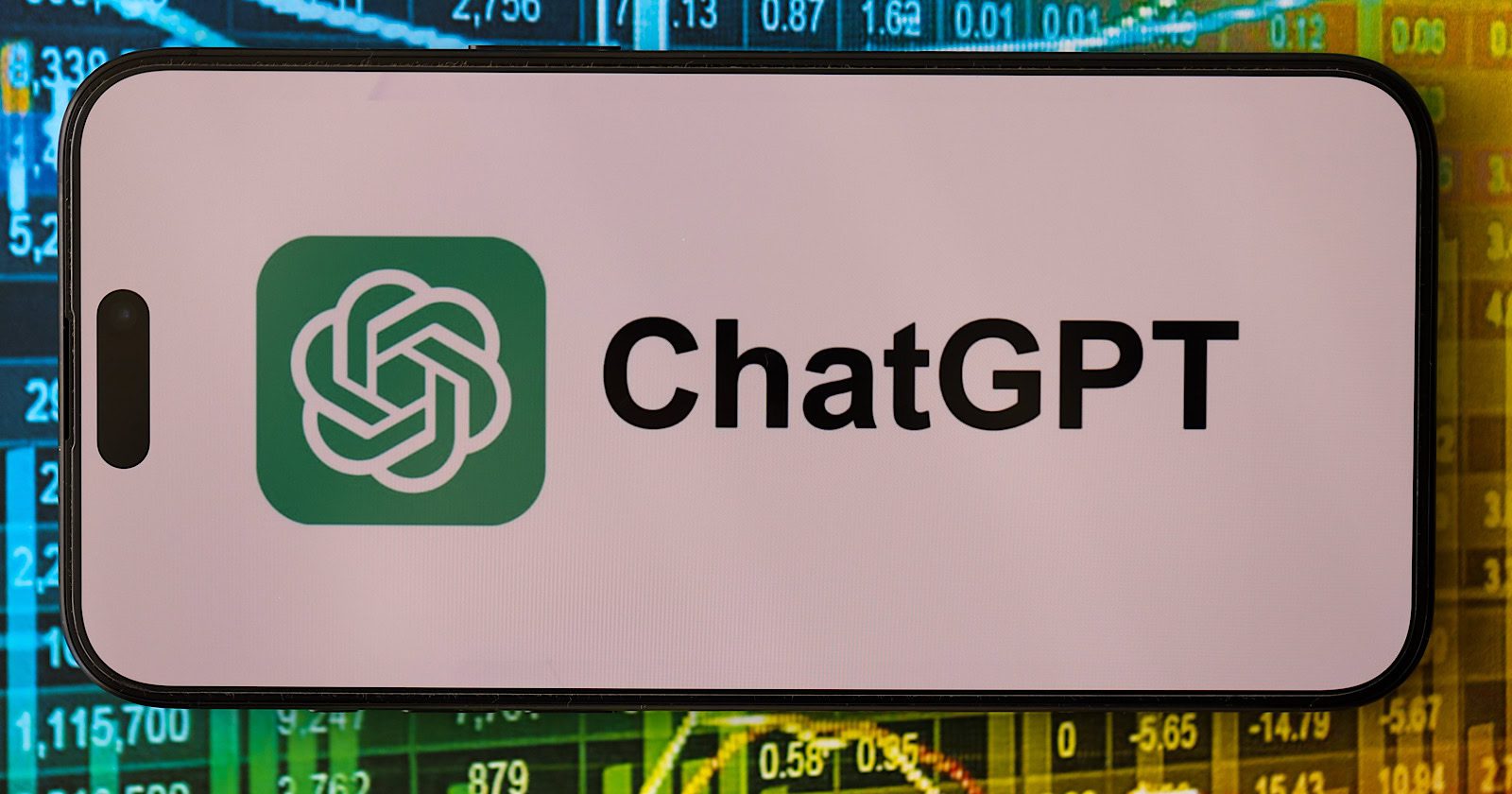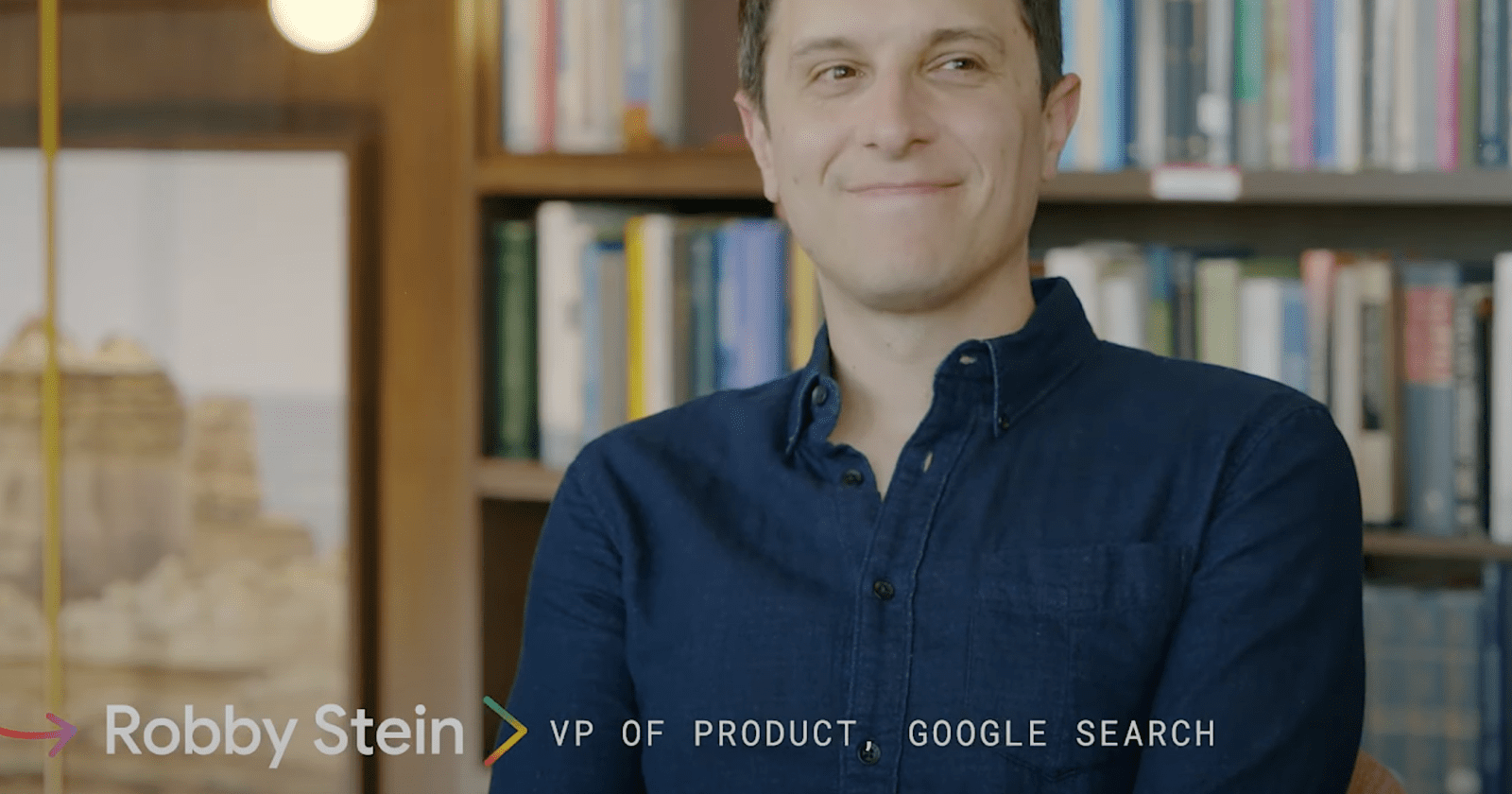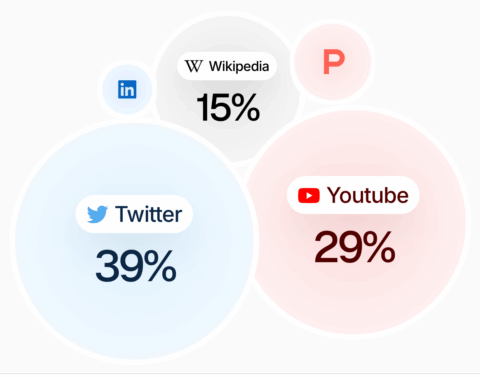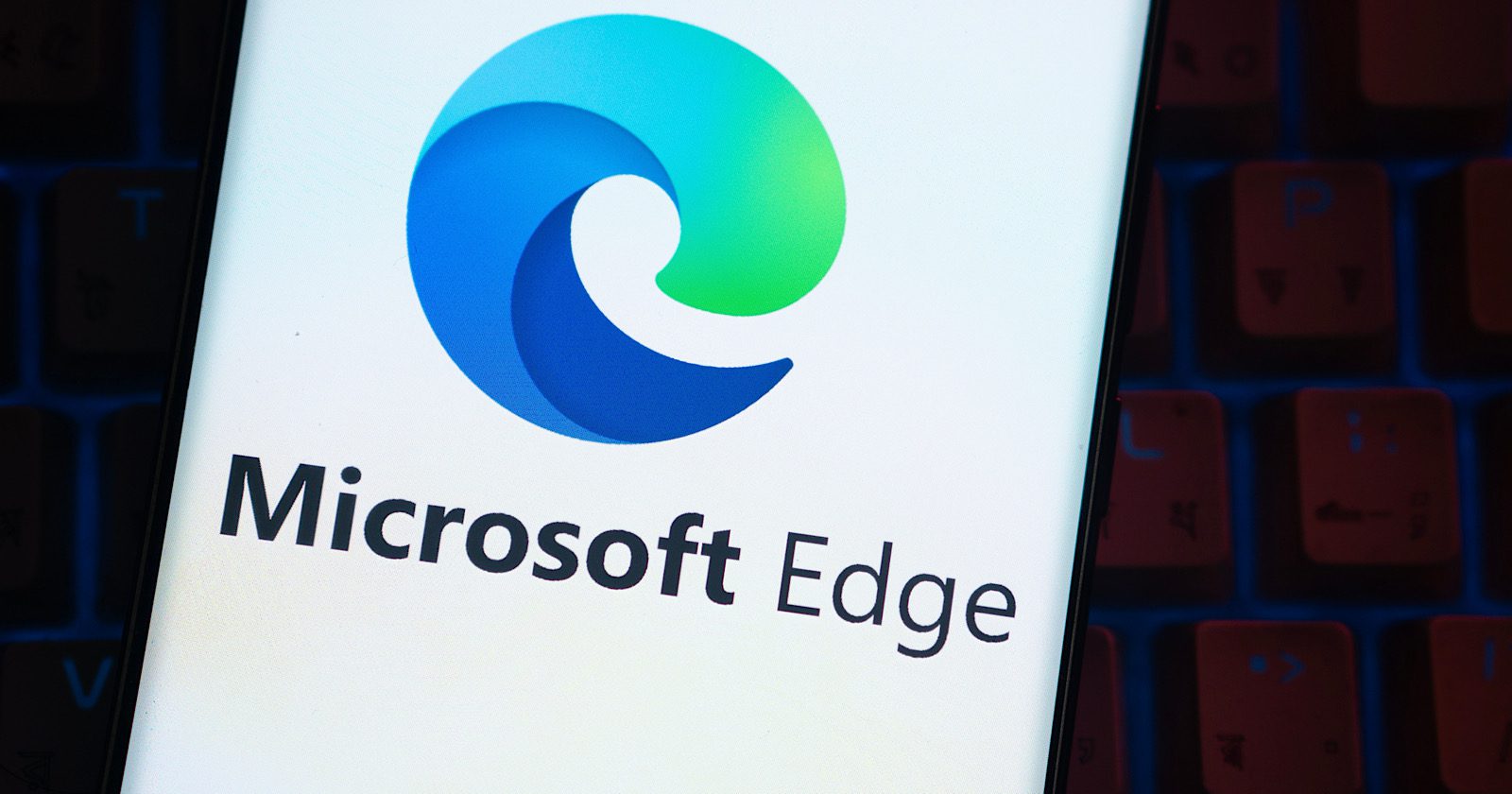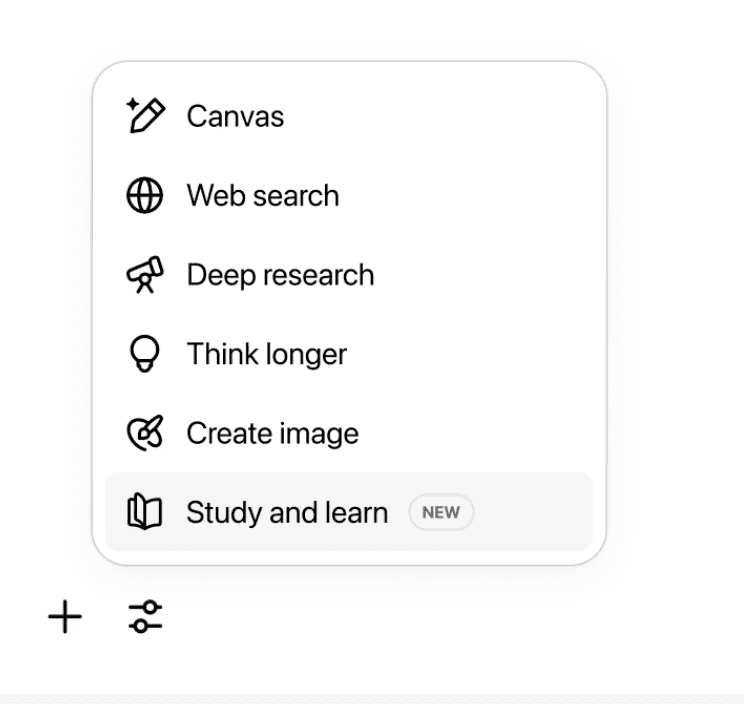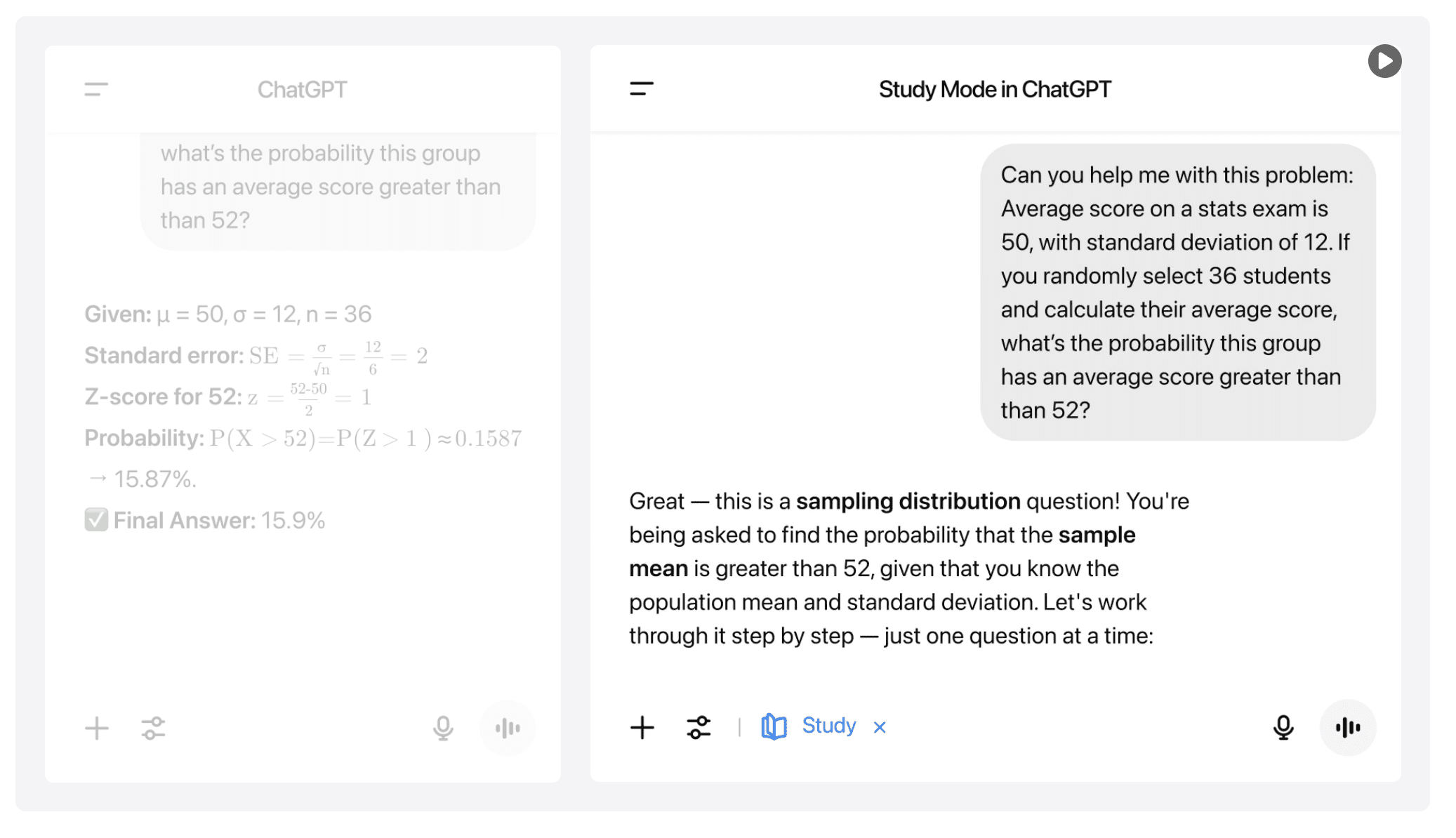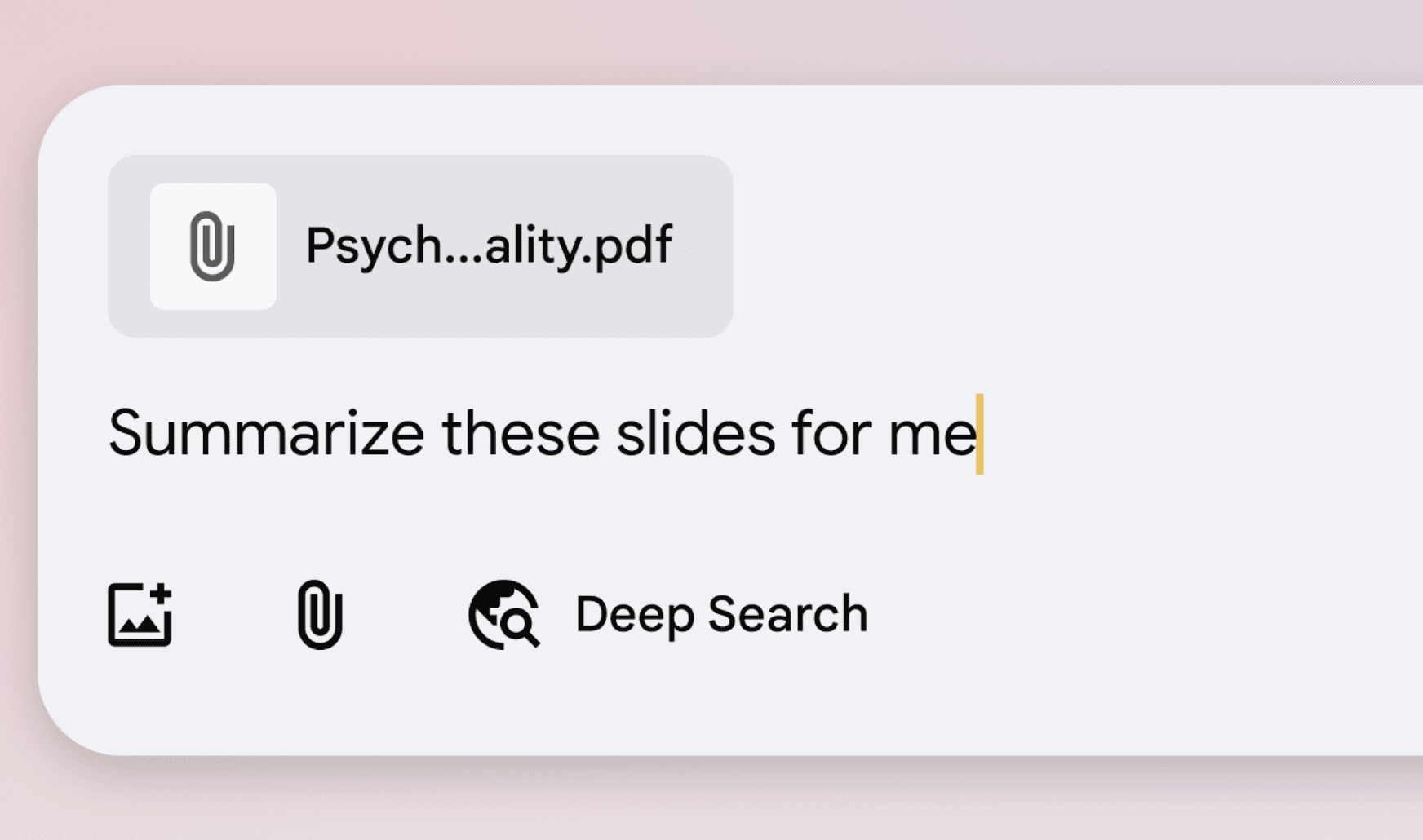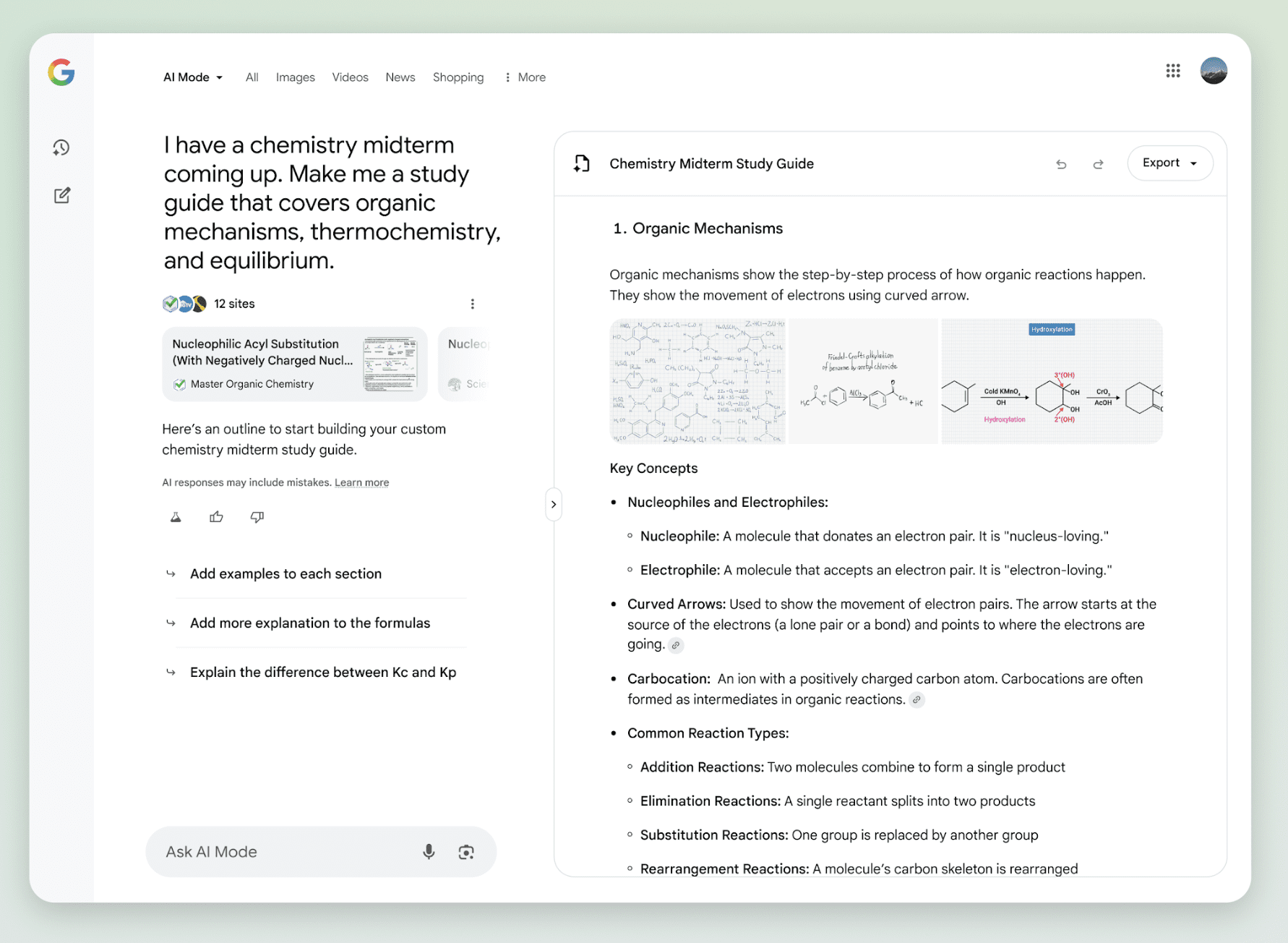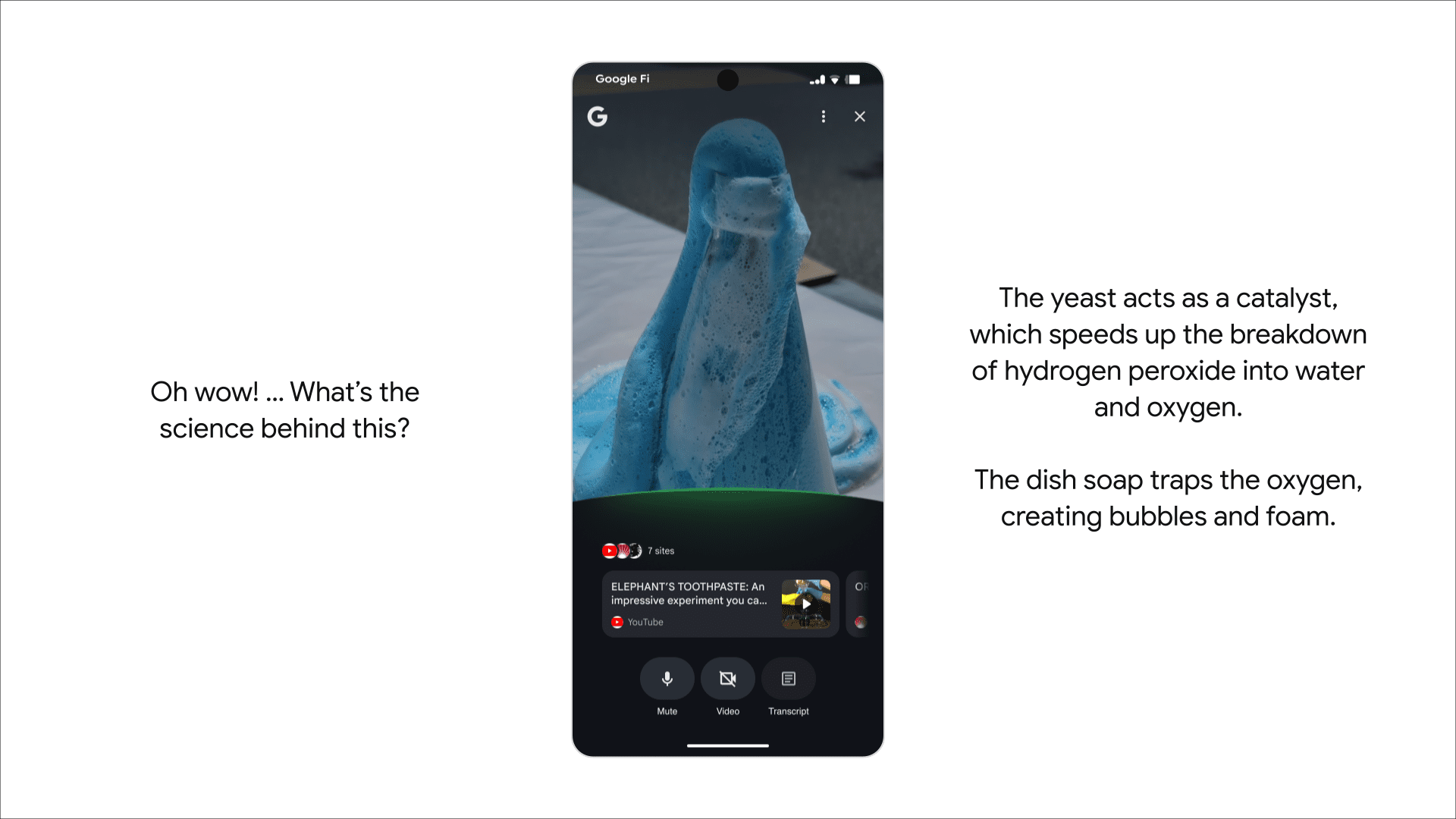Cloudflare Delists And Blocks Perplexity From Crawling Websites via @sejournal, @martinibuster

Cloudflare announced that they delisted Perplexity’s crawler as a verified bot and are now actively blocking Perplexity and all of its stealth bots from crawling websites. Cloudflare acted in response to multiple user complaints against Perplexity related to violations of robots.txt protocols, and a subsequent investigation revealed that Perplexity was using aggressive rogue bot tactics to force its crawlers onto websites.
Cloudflare Verified Bots Program
Cloudflare has a system called Verified Bots that whitelists bots in their system, allowing them to crawl the websites that are protected by Cloudflare. Verified bots must conform to specific policies, such as obeying the robots.txt protocols, in order to maintain their privileged status within Cloudflare’s system.
Perplexity was found to be violating Cloudflare’s requirements that bots abide by the robots.txt protocol and refrain from using IP addresses that are not declared as belonging to the crawling service.
Cloudflare Accuses Perplexity Of Using Stealth Crawling
Cloudflare observed various activities indicative of highly aggressive crawling, with the intent of circumventing the robots.txt protocol.
Stealth Crawling Behavior: Rotating IP Addresses
Perplexity circumvents blocks by using rotating IP addresses, changing ASNs, and impersonating browsers like Chrome.
Perplexity has a list of official IP addresses that crawl from a specific ASN (Autonomous System Number). These IP addresses help identify legitimate crawlers from Perplexity.
An ASN is part of the Internet networking system that provides a unique identifying number for a group of IP addresses. For example, users who access the Internet via an ISP do so with a specific IP address that belongs to an ASN assigned to that ISP.
When blocked, Perplexity attempted to evade the restriction by switching to different IP addresses that are not listed as official Perplexity IPs, including entirely different ones that belonged to a different ASN.
Stealth Crawling Behavior: Spoofed User Agent
The other sneaky behavior that Cloudflare identified was that Perplexity changed its user agent in order to circumvent attempts to block its crawler via robots.txt.
For example, Perplexity’s bots are identified with the following user agents:
- PerplexityBot
- Perplexity-User
Cloudflare observed that Perplexity responded to user agent blocks by using a different user agent that posed as a person crawling with Chrome 124 on a Mac system. That’s a practice called spoofing, where a rogue crawler identifies itself as a legitimate browser.
According to Cloudflare, Perplexity used the following stealth user agent:
“Mozilla/5.0 (Macintosh; Intel Mac OS X 10_15_7) AppleWebKit/537.36 (KHTML, like Gecko) Chrome/124.0.0.0 Safari/537.36”
Cloudflare Delists Perplexity
Cloudflare announced that Perplexity is delisted as a verified bot and that they will be blocked:
“The Internet as we have known it for the past three decades is rapidly changing, but one thing remains constant: it is built on trust. There are clear preferences that crawlers should be transparent, serve a clear purpose, perform a specific activity, and, most importantly, follow website directives and preferences. Based on Perplexity’s observed behavior, which is incompatible with those preferences, we have de-listed them as a verified bot and added heuristics to our managed rules that block this stealth crawling.”
Takeaways
- Violation Of Cloudflare’s Verified Bots Policy
Perplexity violated Cloudflare’s Verified Bots policy, which grants crawling access to trusted bots that follow common-sense rules like honoring the robots.txt protocol. - Perplexity Used Stealth Crawling Tactics
Perplexity used undeclared IP addresses from different ASNs and spoofed user agents to crawl content after being blocked from accessing it. - User Agent Spoofing
Perplexity disguised its bot as a human user by posing as Chrome on a Mac operating system in attempts to bypass filters that block known crawlers. - Cloudflare’s Response
Cloudflare delisted Perplexity as a Verified Bot and implemented new blocking rules to prevent the stealth crawling. - SEO Implications
Cloudflare users who want Perplexity to crawl their sites may wish to check if Cloudflare is blocking the Perplexity crawlers, and, if so, enable crawling via their Cloudflare dashboard.
Cloudflare delisted Perplexity as a Verified Bot after discovering that it repeatedly violated the Verified Bots policies by disobeying robots.txt. To evade detection, Perplexity also rotated IPs, changed ASNs, and spoofed its user agent to appear as a human browser. Cloudflare’s decision to block the bot is a strong response to aggressive bot behavior on the part of Perplexity.




